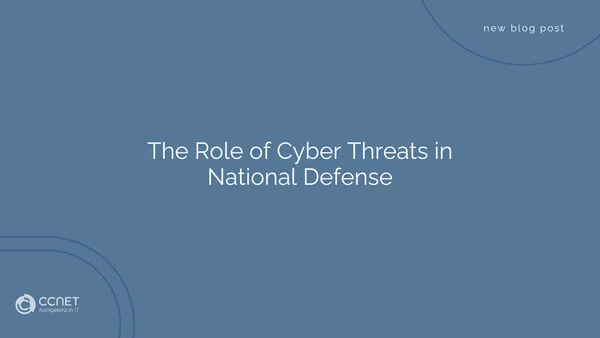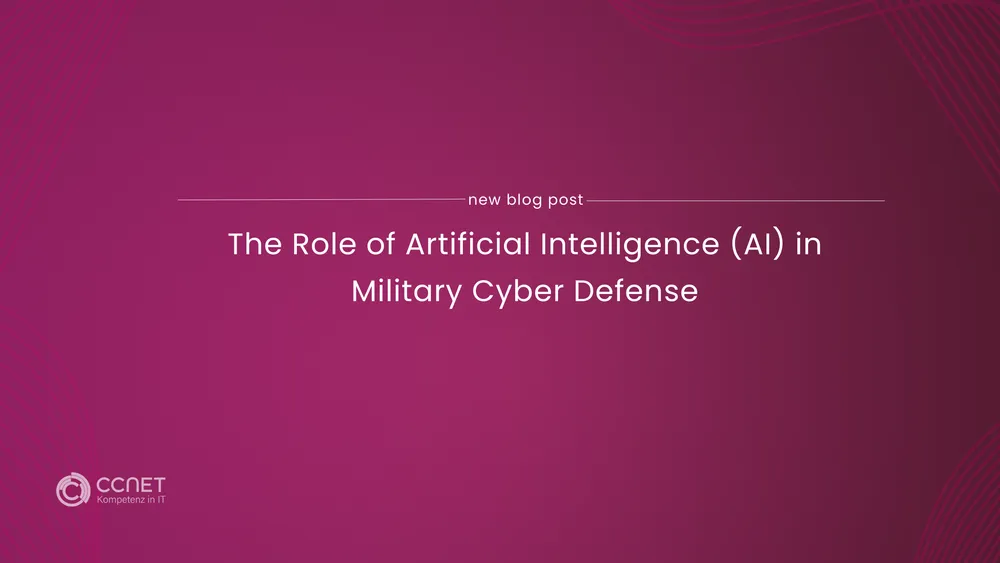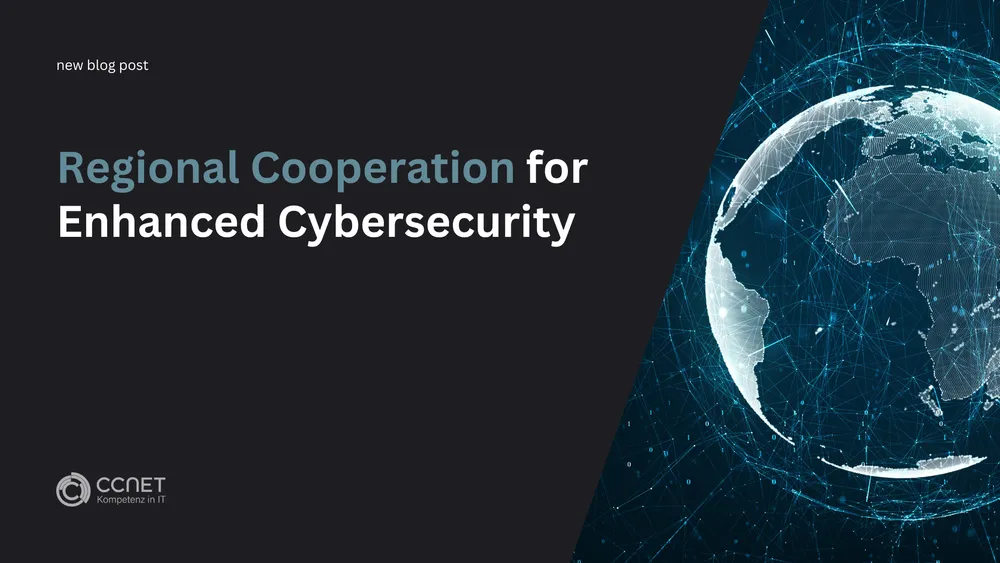
CCNet
Feb 7, 2025 • 3 min read

The role of cyber threats in national defense
The cyber threat landscape is dynamic, complex, and constantly evolving, making it difficult to defend effectively against these threats. This blog post explores the various types of cyber threats faced by military organizations and demonstrates how a thorough analysis of the threat landscape can help strengthen cyber defense strategies.
The Diversity of Cyber Threats
Cyber threats can take many forms, ranging from simple phishing attacks to complex Advanced Persistent Threats (APTs). These threats are not only targeted at private companies but are increasingly aimed at military and government institutions. The attackers range from individuals to state-sponsored groups using sophisticated tools and techniques to infiltrate networks and steal or manipulate sensitive information.
Some of the most common types of cyber threats include:
-
Phishing: One of the most prevalent threats, in which attackers attempt to gain sensitive information such as passwords through deceptive emails or websites. These attacks are often the first step in a chain of actions that can lead to more severe security incidents.
-
Malware: Malicious software designed to infect networks and systems, steal data, or cause damage. Malware can take various forms, including viruses, trojans, ransomware, and spyware.
-
Denial of Service (DoS) and Distributed Denial of Service (DDoS): Attacks in which networks or websites are overwhelmed with a flood of requests, disrupting regular operations or rendering them completely inoperative.
-
Advanced Persistent Threats (APTs): One of the most dangerous forms of cyber threats, where attackers infiltrate networks for an extended period, often unnoticed, to gather strategic information. These threats are particularly hazardous because they are typically carried out by well-organized groups with significant resources.
The Role of APTs in Military Cyber Defense
Advanced Persistent Threats (APTs) are among the greatest challenges for military organizations. These threats are characterized by their longevity and focus. APTs are often carried out by state-sponsored groups that employ highly specialized tactics, techniques, and procedures (TTPs) to gain access to sensitive information and maintain that access for as long as possible.
A typical APT attack unfolds in several stages:
-
Reconnaissance: During this phase, attackers gather as much information as possible about their target, including spying on networks, identifying vulnerabilities, and collecting credentials.
-
Infiltration: The attackers use the collected information to infiltrate the network, often via social engineering or deploying malware.
-
Exfiltration: Once inside the network, the attackers begin gathering data and secretly transmitting it to external servers.
-
Persistence: To remain undetected, the attackers employ techniques that allow them to stay within the network even if part of their activities are discovered.
APTs are particularly difficult to combat because they are often designed to bypass traditional security measures. Their impacts can be devastating, as they not only steal information but also compromise the integrity and availability of networks.
Strategies for Analyzing and Combatting Cyber Threats
To effectively defend against the wide array of cyber threats, military organizations must develop a comprehensive strategy for threat analysis and mitigation. This starts with a thorough analysis of the threat landscape, which enables the identification and prioritization of potential threats.
A key part of this strategy is the continuous monitoring of networks and systems to detect unusual activities at an early stage. Modern cyber defense also requires the use of threat intelligence, which involves collecting and analyzing information about current threats to better protect against them.
In addition to technical defense, military organizations must also train their personnel to recognize the dangers of social engineering and phishing. Since many attacks exploit human vulnerabilities, educating personnel is a crucial factor in protecting networks and information.
Conclusion
The cyber threat landscape is diverse and complex, and the threats continue to evolve. As such, military organizations must remain vigilant and continuously adapt their cyber defense strategies to effectively counter these threats. By conducting a thorough analysis of the threat landscape and implementing robust defense strategies, they can ensure the security of their networks and systems and successfully protect their missions.


